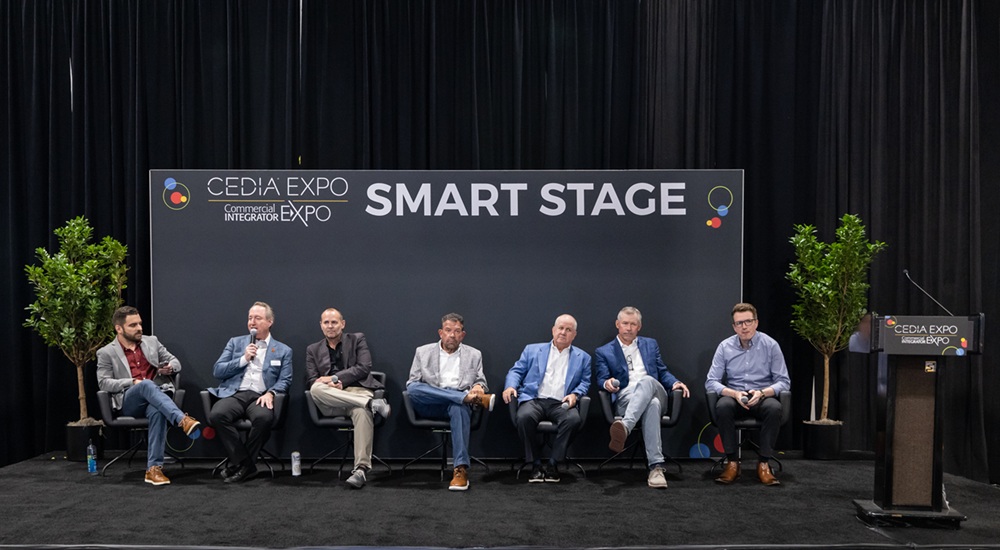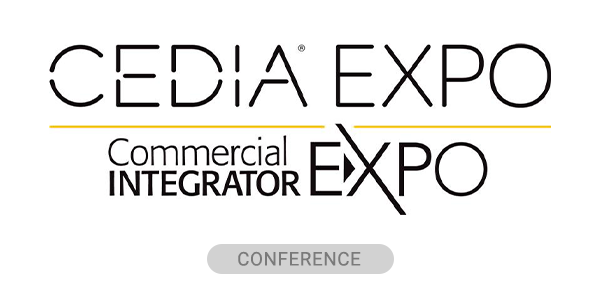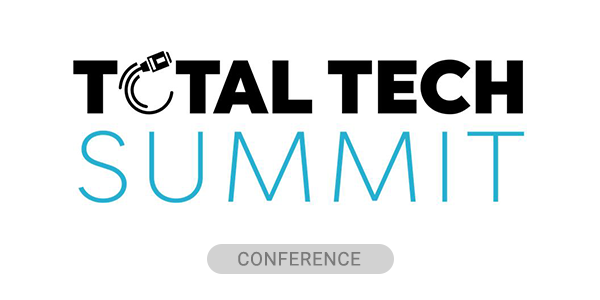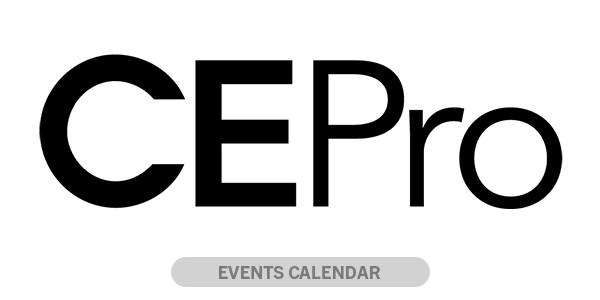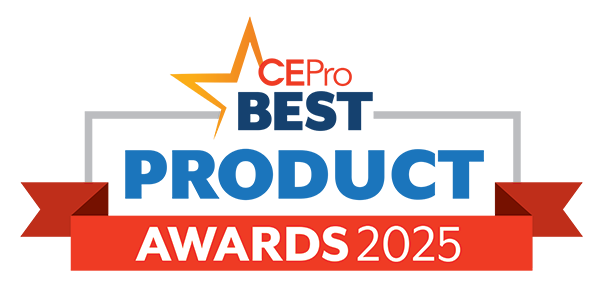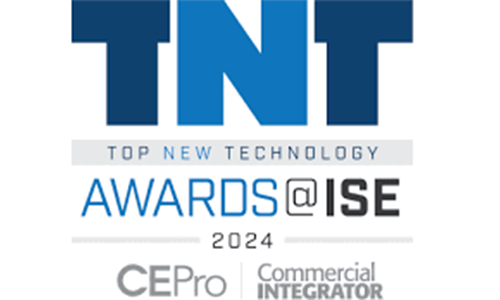The atmosphere at CEDIA Expo 2025 was impossible to ignore. Crowded aisles, animated conversations, and the constant hum of demonstrations gave the Colorado Convention Center a charge of electricity that could be felt in every corner, including the Smart Stage for the annual “State of the Industry” panel moderated by Executive Editor Zachary Comeau.
CEDIA Expo’s State of the Industry Panel: Buying Group Leaders Sound Off
Patrick McCarthy, Executive Director of Azione, captured the moment from the stage of the annual “State of the Industry” panel. He admitted that he could barely hear what was being asked because of the commotion outside.
“There’s still magic. There’s still excitement out there. I can’t even hear your questions because of the buzz,” he said to Comeau. “Respectfully, I think that’s amazing.”
Similarly, Oasys Director Hank Alexander encouraged attendees to take a moment after the session to simply look around the show floor and soak it in.
“When you guys stand up and leave here, look out at all of these booths. I don’t know how many of the exhibitors there are here, but there’s a lot. Every single one of them has something new, and there’s a lot of buzz,” he said.
Panelists largely agreed that although the early part of 2025 was marked by volatility and economic headwinds, there is clear upward momentum.
Jon Robbins, Executive Director of HTSA, said the conversations he had with members and vendors reflected genuine momentum, with integrators eager to discuss partnerships and strategy rather than hesitation.
Daryl Friedman, Global President and CEO of CEDIA, pointed out that the energy on the show floor mirrored the trade organization’s data, which shows that 86% of CEDIA members in a recent survey reported optimism about their business.
Jim Pearse, President of ProSource, described his members as “fired up” after a strong late summer, and Chris Whitley, Executive Director of Ellipsys, said he overheard integrators throughout the hallways swapping ideas about AI, sustainability, and commercial opportunities.
Before the panel even delved into issues like tariffs, labor, and the economy, one thing was clear. The vitality of CEDIA Expo 2025 wasn’t just background noise. It was proof that the custom integration industry is regaining its rhythm and confidence.
Markets Seen Moving from Volatility to Optimism
Panelists acknowledged that this surge of energy wasn’t present earlier in the year. The first half of 2025 was shaped by tariff uncertainty, interest rates, and cautious consumer spending. Integrators were hesitant, and projects were sometimes delayed.
Alexander described the residential channel as moving in waves.
“Our Q1 and Q2 started really strong because there was some uncertainty, and so there was some front loading of projects. It got a little bit softer in Q3 and it’s coming back really strong,” he said.
On the commercial side, Whitley said clients behaved the same way, rushing to commit budgets early in the year to avoid possible price hikes.
“We’re still optimistic that [softness] will be short-term,” he said.
However, the luxury end of the residential market is somewhat insulated to this volatility, Robbins said.
“Our projects remain steady. They remain big. The projects overall are big, and we’re anticipating a solid double digit increase over last year,” he said.
Pearse added that early summer was soft for ProSource members, but activity accelerated quickly later in the summer.
“In June…it wasn’t a very good month, but August has been gangbusters. And certainly the first part, as we head into September, it looks like things are going to go very, very well,” he said.
By the time integrators arrived in Denver, pipelines were strong and projects were moving forward. That confidence translated into the show floor’s high energy.
Tariff Jitters Reduced to Mostly Background Noise
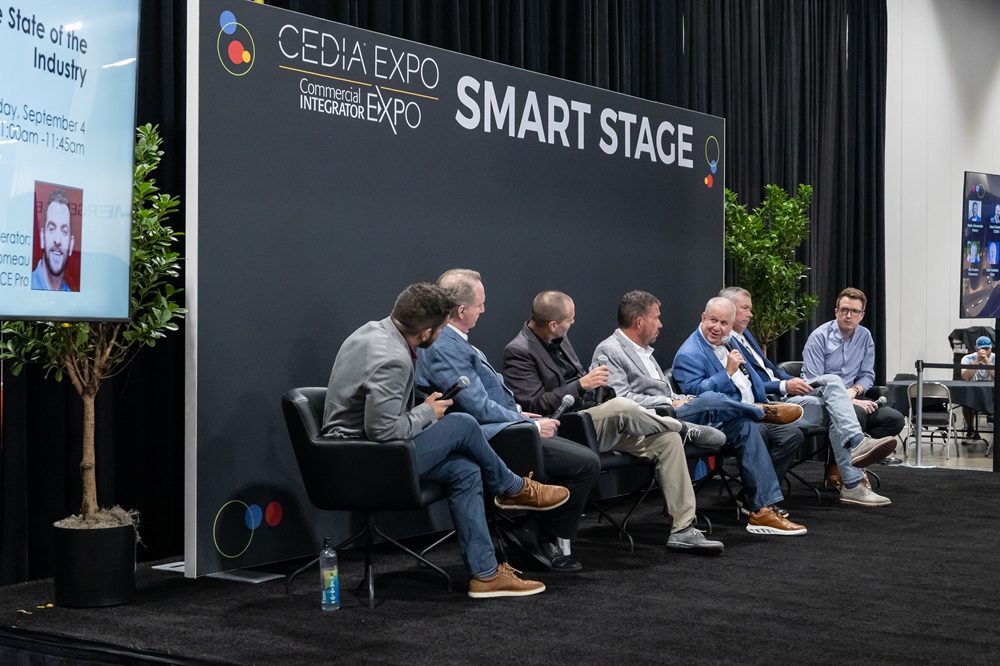
It was admittedly hard to hear panelists over the buzz of the show floor.
Earlier in 2025, tariffs dominated conversations. Dealers scrambled to protect margins, suppliers rewrote contracts, and buying groups urged caution. But by the time of Expo, the issue had largely faded into the background.
Robbins said the disruption came from unpredictability more than the tariffs themselves.
“Tariffs at this point are old news. The chaos came in when there was uncertainty…Everybody knows now where it’s gone, where the prices have settled in. Most of us sell to higher-income people…and that has a tendency to insulate us,” he said.
However, Pearse warned that court rulings could still reopen the issue, reminding integrators not to let their guard down.
“I think that there still is a little bit of uncertainty, not to be Negative Nelly, but…depending on how the court rules, it could cause even more chaos if they rule against the method that was used to put the tariffs in,” he said.
McCarthy lightened the mood by pointing out that, for once, the industry had taken a major external challenge in stride.
“Isn’t it so nice we finally are [facing] one catastrophic problem that hasn’t ruined the industry? We get a win on that one,” he said.
Labor Remains Significant Bottleneck
If tariffs have become background noise, labor shortages remain the loudest challenge. Every panelist agreed that finding, training, and retaining qualified people is the industry’s biggest barrier to growth.
Friedman said this is why CEDIA launched the Foundation and its “100 Techs in 100 Days” campaign, which surpassed expectations, getting 150 new technicians trained into the industry.
“We believe that anyone who wants to learn this industry, in this trade, and does not have the means to pay for it, we want to support that for free,” he said.
Robbins explained that HTSA is focusing on both technical and leadership training to help retain younger employees.
“When younger people come in, if they’re led properly, they’re more likely to stay in the industry. So we’re looking at it organically. We’re kind of getting to the root, and we’re going to just continue to educate like crazy, on the tech level, on the field tech level,” he said.
Pearse said training needs to reach all the way to project managers and salespeople, not just owners.
“We need to change our target a little bit, and get down to these salespeople, installers, and maybe most important, the project managers…so that the owner’s vision is translated down into the business,” he said.
Here, Alexander circled back to his earlier point about the Expo’s energy. For him, the show floor itself is the industry’s best recruitment tool.
“I think we just have to…going back a little bit to that labor thing. We have to find those guys and bring them here and show them that buzz, because every single one of these [exhibitors] has something new and cool, and there’s buzz everywhere,” he said.
His point was simple: if more people could see the vitality of CEDIA Expo, they’d see why custom integration is an exciting career path.
Economic Indicators Point to More Confidence in Channel
Beyond labor, the panel tackled broader economic forces shaping the industry. Interest rates, housing trends, and stock market activity were all cited as important drivers. Pearse said even modest cuts in interest rates would help homebuilders and, by extension, integrators.
“As interest rates come down…that’s really going to help the home builder business,” he said.
Friedman noted that builder confidence had dipped sharply during the summer, a sign to watch closely.
Robbins emphasized that luxury clients remain resilient.
“There’s a lot of real estate being done in cash, big dollar real estate being purchased in cash. So that’s been a help,” he said.
He also pointed to the strength of technology stocks, particularly around AI, as evidence that affluent clients will keep spending.
The overall tone was confident, and the Expo’s vitality was evidence that the industry is positioned to adapt and grow, regardless of macroeconomic swings.
Design Partnerships Continuing to Shape Business Operations
For all the talk about economics and labor, the panelists kept circling back to what keeps the industry exciting: the technology itself and the creativity it sparks. McCarthy reminded the audience that the passion for integration is still alive.
“It is still the coolest industry to be a part of…the dealers haven’t lost sight of that,” he said.
Robbins pointed out how partnerships with architects and designers are expanding that excitement into new creative territory.
“There is absolutely a confluence of technology and design, which has become more and more prevalent,” he said.
Friedman added that power and energy management solutions are drawing interest because they resonate with clients’ concerns about sustainability and cost.
“I’m really interested in the growth and power here. That’s really fascinating to me, because sustainability is important to people. Their electric bill is important to people. The Earth is important to people,” he said.
Whitley noted that artificial intelligence is not just another category but a force that will change how integrators run their businesses in the near future.
“The adoption of AI…business is just going to completely change in two to five years for us,” he said.
That forward-looking mindset led the discussion naturally into what could come next. Friedman suggested robotics may eventually join the list of transformative technologies, while Pearse raised practical concerns about the logistics of ever-larger displays. McCarthy encouraged integrators to experiment with AI now, before clients begin demanding it.
Walking the Expo floor, the connections between today’s innovations and tomorrow’s possibilities were easy to see — from immersive lighting and theater demonstrations to energy dashboards and AI-powered interfaces. The energy wasn’t just about the present moment but about the opportunities waiting just over the horizon.
Panel Conclusion: Electricity is in the Air
The “State of the Industry” panel at CEDIA Expo 2025 revealed a sector still facing familiar challenges — labor shortages, tariff uncertainty, and economic swings. Yet none of those could dampen the atmosphere in Denver.
The hum of conversation, the sense of momentum, and the excitement of integrators walking the aisles all pointed in the same direction. This is an industry thriving on passion and innovation.
As McCarthy reminded the audience, “There’s still magic. There’s still excitement out there.”
And as Alexander urged, sometimes the best way to understand it is to simply look around. Booth after booth, product after product, the floor was alive with ideas, opportunity, and energy. That vitality may be the custom integration industry’s greatest strength as it moves forward.
